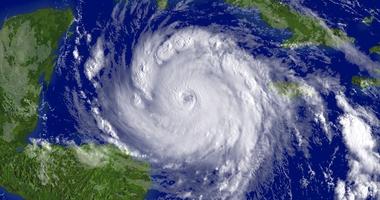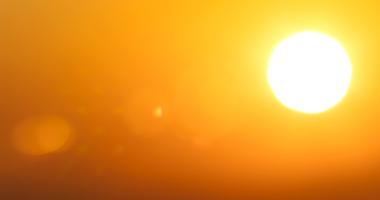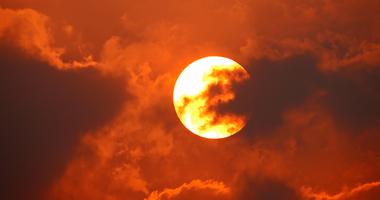
The Rise in Unnatural Disasters: Wildfires
3 min read
Carbon pollution from burning fossil fuels like coal, oil, and natural gas is warming our planet and driving a climate crisis. It’s throwing natural systems out of balance – to often devastating effect.
What does that mean for us? Events like torrential rains, heat waves, hurricanes, and drought are becoming more frequent and often more intense.
Another climate impact we are seeing more and more of: Major wildfires.
“The frequency at which extreme fires occur around the world has more than doubled during the past two decades,” according to Scientific American. “The trend is driven by the exponential growth of extreme fires across vast portions of Canada, the western United States and Russia, researchers say.”
Last year, record-breaking wildfires ravaged parts of Canada – and their smoke and soot traveled all the way to parts of the eastern and midwestern United States. At different points last summer, cities like New York and Chicago had the worst air quality in the world, owing largely to flames hundreds of miles away.
More recently, we’ve seen extreme wildfires in the US states of Oregon, Washington, and New Mexico.
And now, Canada is ablaze again. In late-July, thousands were evacuated from the town of Jasper in the Canadian Rockies’ largest national park as a fast-moving wildfire swept in.
One hundred seventy-seven fires are currently burning in the province of Alberta alone.
It’s not just Canada either. The American west is again facing down multiple major fires, prompting air quality warnings up and down the West Coast.
“There were 43 active wildfires in Oregon and Washington covering more than one million acres, according to the National Interagency Fire Center. Many fires are exhibiting ‘extreme fire behavior,’ the center said,” the New York Times reports.
“The authorities in Oregon issued air quality warnings for several counties, saying that the wildfires and strong winds could combine to raise pollutants to unhealthy levels. There were similar warnings in effect in parts of Washington and Idaho, with residents in the affected areas advised to limit their time outdoors.”
Why is this Happening?
At the same time that some areas are experiencing more intense precipitation, others are experiencing more drying and even drought. The reason why is simple: as temperatures rise, evaporation increases. And when this evaporation happens over land, soils dry out and plant life sometimes dies.
These plants then dry out themselves, becoming far easier to ignite.
>> Learn more: Summer’s Climate Impacts Hit Hard <<
The climate crisis is creating conditions that dramatically elevate the risk and severity of forest fires. Here’s how:
- Longer fire seasons. When warm weather arrives early, it leads to premature spring snowmelt and runoff. Many places are seeing their snowpack melt earlier and earlier, at the same time as unseasonably warm temperatures creep deeper into the fall. The result is a much longer than usual period of time when forests are vulnerable to fire.
- Dry conditions. Below-average rainfall in some areas – alongside enhanced evaporation rates, as discussed above, associated with warming and the climate crisis – naturally increases the probability and duration of a fire.
- Infestations. Warm and dry conditions, particularly in months that were once cooler, allow some very destructive insects like the mountain pine beetle to survive winters and reproduce quickly. The beetles and other pests kill trees and brush, which then dry out and become fuel for fires.
- Lightning. One major impact of climate change is increasing the potential for severe storms, and in particular, more lightning strikes. That’s right, lightning strikes are happening more and more often because of global warming.
Taken together, the first three of the above effects create favorable conditions for a dangerous wildfire – and the fourth acts as a match. In pretty short order, a once-thriving, vibrant forest is transformed into a massive tinderbox.
As global temperatures continue to rise because of man-made climate change, the size, frequency, and severity of wildfires is expected to continue to increase.
What You Can Do
You don’t have to be a scientist to know what’s on the horizon, if politicians and business leaders keep denying reality and refusing to act. We’re seeing it already.
Every forest that burns is a tragedy. But we certainly aren’t powerless to halt this trend in its tracks.
Ready to take action to protect the planet and support a brighter, more sustainable future?




